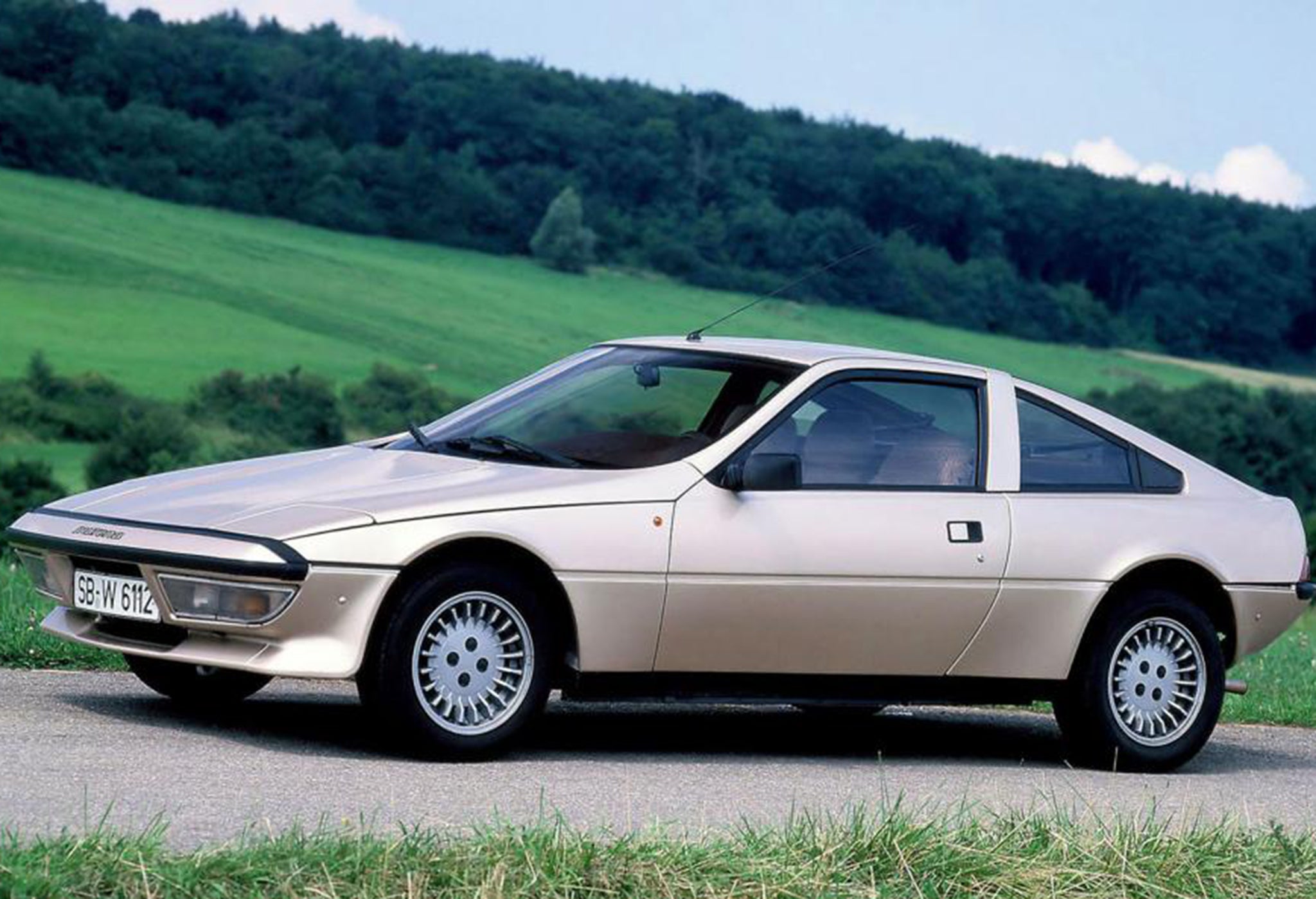Three seats or three wheels? Best bets from the McLaren F1 to the Piaggio MP3
Three’s a crowd, and anything with three legs, from a chair to a dog after an accident, is inherently unstable

Your support helps us to tell the story
From reproductive rights to climate change to Big Tech, The Independent is on the ground when the story is developing. Whether it's investigating the financials of Elon Musk's pro-Trump PAC or producing our latest documentary, 'The A Word', which shines a light on the American women fighting for reproductive rights, we know how important it is to parse out the facts from the messaging.
At such a critical moment in US history, we need reporters on the ground. Your donation allows us to keep sending journalists to speak to both sides of the story.
The Independent is trusted by Americans across the entire political spectrum. And unlike many other quality news outlets, we choose not to lock Americans out of our reporting and analysis with paywalls. We believe quality journalism should be available to everyone, paid for by those who can afford it.
Your support makes all the difference.Three is an odd number in so many ways. Three’s a crowd, and anything with three legs, from a chair to a dog after an accident, is inherently unstable.
Yet the motoring world can conjure up cars with three seats and others with three wheels. Should you fancy a triple, here are your best bets:
1. McLaren F1 (1992-1998)

Take one famous ex-F1 designer (Gordon Murray) and add a monstrously powerful 6.1-litre V12 from BMW. What does that give you, apart from something that handled, went and stopped like nothing else when it was launched in 1992? It gives you the ability to get from standstill to 100mph in 6.3sec.
You will also have an adoring audience snuggled up to you since the driver sits in the middle of the cockpit with a snug passenger seat either side. Perfect, in your imagination, for those two supermodels but perfect, in reality, for your annoying nephew and his mate.
But dreams don’t come cheap. The McLaren F1 is arguably one of the finest cars ever made, and when it was new it cost £540,000. It’s appreciated a bit. It’s now worth about £6 million.
2. Matra Murena (1980-1983)

Something different from our friends sur le Continong. The Murena was mostly made in left-hand drive but they did make a few right-hookers. Which means, since the driver sits at one end, the two passengers are either lined up to the left or right.
The Matra was wide, low and really rather chic. Handling was very good, with a fine flat ride, certainly up to the powerplant’s output. There were two choices, the more powerful being a 2.2-litre four-pot mounted in the middle of the car. It gave 118bhp, good enough for 122mph.
They made 10,000 but you’re more likely to find a left-hooker in Europe, with prices starting about £4000.
3. Morgan 3 Wheeler (2012-current)

Two wheels at the front, one at the rear. That’s the way to do it. Otherwise you end up with a Bond Bug – see later. Morgan worked out that this was considerably more stable than one at the front, two at the rear, and they worked it out a long time ago. They were making three-wheelers back in 1912 and they made them in 2012.
Weight is low, both in terms of kilos and centre of gravity, so the 2.0-litre V-twin engine attached to the front, putting out 80bhp, is more than enough. They handle pretty reasonably and can reach 62mph in 8sec, so stick on your flying scarf and goggles and kick those chocks away. You’ll need about £25,000 for a good one, but that’s loads cheaper than a Spitfire.
4. Piaggio MP3 (2006-current)

Another take on the two at the front, one at the rear plan. Only this time the whole machine can lean over. And they don’t tend to fall over like a motorbike on a wet, diesel-strewn corner either.
The Piaggio MP3 isn’t a motorbike, but bikers do tend to rate it. You can’t quite slip through the gaps a normal bike can, but then you crash less too. Fitted with a 500cc engine complete with CVT transmission, you can get up to 90mph, passing 62mph after 5sec. A very useful commuter-plus. Also, since they are classed as a tricycle, you can ride one just using your normal car licence. And a helmet.
5. Bond Bug (1970-1974)

The Bond Bug was designed by the same man, Tom Karen, who designed the Reliant Scimitar. There’s a thought. You get in through the canopy, which pulls forward. Once you’re in, you have at your disposal a whole 29bhp. This is courtesy of a 700cc four-cylinder engine, good for 78mph. Whether the rest of the wedge-shaped package is good for that is another matter.
Stability really is an issue, and it needs driving with a unique style that displays considerable caution if you are not to end up looking at the ground out of one side window and the sky out of the other. If you want the orange wedge, be prepared to shell out between £4k and £8k.
Join our commenting forum
Join thought-provoking conversations, follow other Independent readers and see their replies
Comments